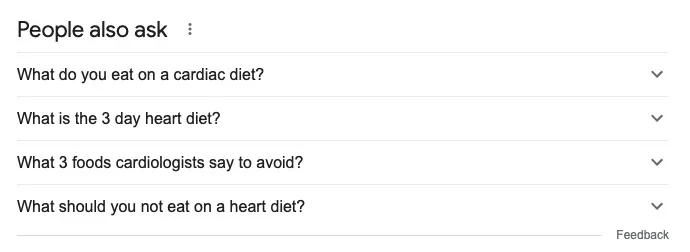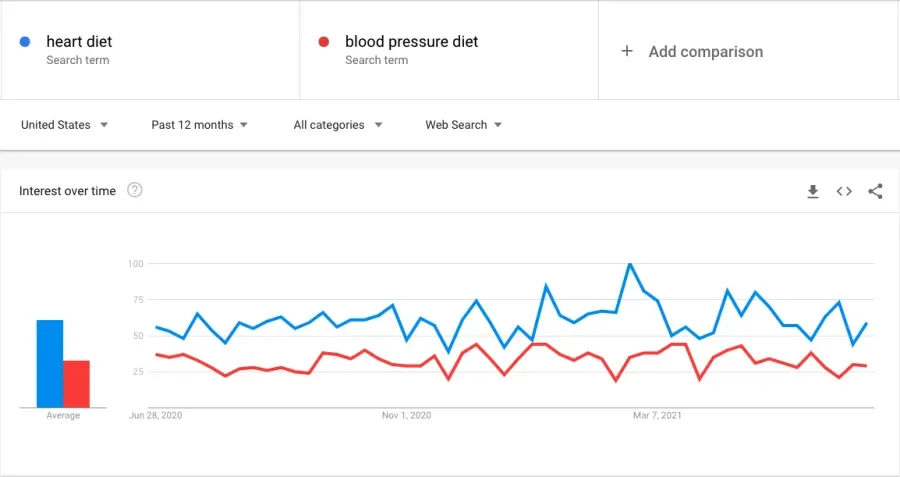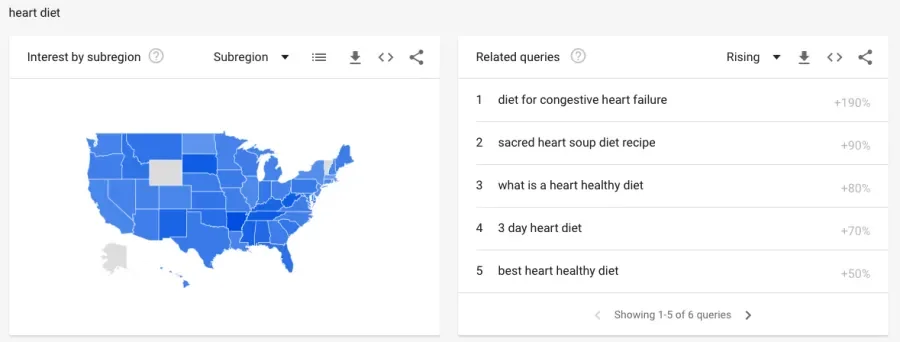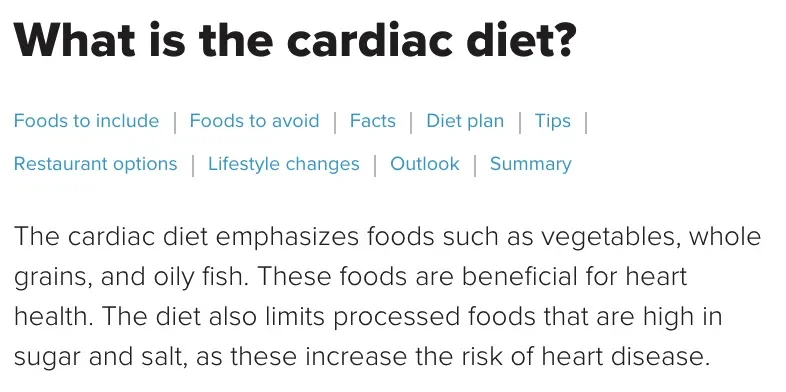As the web has grown and matured, Google and other search engines have moved away from emphasizing keywords and have focused more on audience intent. The value of content has more to do with how the audience connects with information and how well the content answers their questions.
But we can't escape keywords entirely. As long as people type or say words to search for content, keyword research will always be with us. Not only that, keyword research has become part of any healthy content strategy.
Why?
Because light keyword research can reveal valuable information that can fill in gaps and build bridges with your audience. For example, it can:
- uncover vocabulary and language used by your audience so you can better align with their search queries
- fill in content gaps to stay up-to-date in your industry
- expand voice search with long-tail query research
- improve your content design, so people who find the page can better connect and understand its message
Uncover variations in vocabulary
As a member of your chosen industry, you probably know a lot about what you do. But how are your potential customers or web visitors searching for you and your competition? And when they search, what are they searching for?
The truth is, how people search online changes all the time (which is why Google and their ilk are constantly updating their algorithms). So a search term used three years ago by your target audience could have changed since then and may not be reflected in your web copy.
So why not do some research about it?
- Do a search on Google or your preferred search engine for terms common in your industry, whether it be products, services, or industry-specific language.
- Review the “People also ask” section of the front page to see what types of related questions or phrases people search in your industry.
- Scroll the “Related searches” at the bottom of the page and compare relevant, related terms or long-tail queries.
Let’s pretend you’re building a health and wellness website, and you’re looking for tips, recipes, and articles to share with people who want to live and eat a healthy lifestyle. A simple search for something like “heart healthy” reveals plenty of related searches that could be potential topics, pages, or articles for your website.
From just the “people also ask” and the “related queries” sections, we can see people don’t only say “heart diet” but “cardiac diet” and “heart-healthy diet recipes.” This gives you a great springboard for developing content, writing headings and subheadings, posting on social media, and more.
Fill content gaps
While you’re on the first page, click on a few of the top search results to see competitors or industry leaders who share your space. Then, ask yourself and take note:
- How are they talking about these key terms?
- What types of content are they delivering to searches?
- What trends do you see?
With even the first high-level Google search out of the way, cruise through your existing content and see where your content might be lacking. Do you lack proper taxonomy, tags, navigation, or pages that could target some of these new keywords better?
Next, head over to Google Trends. Since 2006, this tool has been tracking web search data and sharing it with the world. Its suite of tools, graphs, and comparisons is ripe with data to help you make important content decisions. Let’s try the heart diet again.
With the comparison tool, you can see how phrases like “heart diet” and “blood pressure” diet compare, and even the rise and fall of interest in that key term. Takeaway: There’s increased interest in healthy diets, especially heart-healthy and blood pressure-conscious ones. Time to strike while the iron’s hot and make some content!
But if you need a little more convincing of what’s trending and where to go, check out the Google Trends state-by-state comparison and long query tool. These let you choose state-by-state to see the trends in usage, as well as the rising and popular queries related to your term.
From just these few lightweight Google and Google Trends searches, you can start crafting articles and ideas that align with what real people are searching for, creating a well-planned calendar and content strategy for content marketing, for example.
But don’t let yourself get overwhelmed by all the ideas you might have at this stage. Start a list, compare your top pages in Google Analytics, and see what pages may deliver the most bang for your buck (or time).
Explore long-tail queries for voice search
Voice search was said to be a thing of the past, but the truth is, it’s become a convenient and accessible way for millions of people to search for things they need every day.
In fact, an estimated 65% of consumers age 29 to 45 talk to their voice-enabled devices daily. And according to Social Media Today, close to 50% of consumers now research products using voice search. Here are some other interesting tidbits about voice search:
- The average voice search contains 29 words.
- Pages with Schema account for around 36% of voice search results. Schema, founded by Schema.org, is a form of microdata that enhances the accuracy and description of the page, making it easier for search engines to understand and correctly index.
- Nearly 10% of voice search queries start with questions, as opposed to only 3.7% text- or keyboard-based queries.
- The average voice search result is written in around a grade 9 reading level, meaning it’s easy for most readers to understand
Long story short, if you’re already researching vocabulary, competitors, and missing content, keep an eye on longer questions or queries that might be driving searches to your industry’s products or services.
A good place to check, too, is your Google Search Console. What type of longer-tail queries are people using to find your site or click on the link? And what content might be missing to help meet those queries in the future?
Improve your content design
Design is more than logos, colors, and fonts. How you structure and display the words on your website matters, too. This process is often referred to as content design.
While keyword research is more about the words you use rather than how they look, your research may also reveal how you could better call out or draw attention to certain content for your users.
Consider, for example, using your keyword research to title your articles and subheadings. In the “heart diet” example, we see a MedicalNewsToday article that starts with a question, and likely a common one across voice search or traditional web search.
Those competitor keywords, trending user keywords, and long-tail queries might not always mean new pages but a new way to lay out and display information logically. For example:
- Could subheads make better use of key terms?
- Are buttons optimized with words and actions familiar to your audience?
- Do your articles have space to feature long-tail queries?
- Have you designed forms and interactive elements to use language and content that your audience uses?
- Are there words or phrases trending that your competitors are missing? If so, how can you give them space on your website?
Get a handle on the tools
Not sure where to start? That’s OK. Fortunately, the web industry is full of reliable keyword research tools to help you find answers. Some offer free options, others require a subscription fee, but whatever you choose, give them a try or work with a vendor who can help:
- Google Search Console
- Google Keyword Planner
- Moz Keyword Explorer
- SEMRush
- Keywords Everywhere
- Google Trends
If you’re ready to talk about keyword research and content strategy for your organization, reach out to Lullabot to get started.





